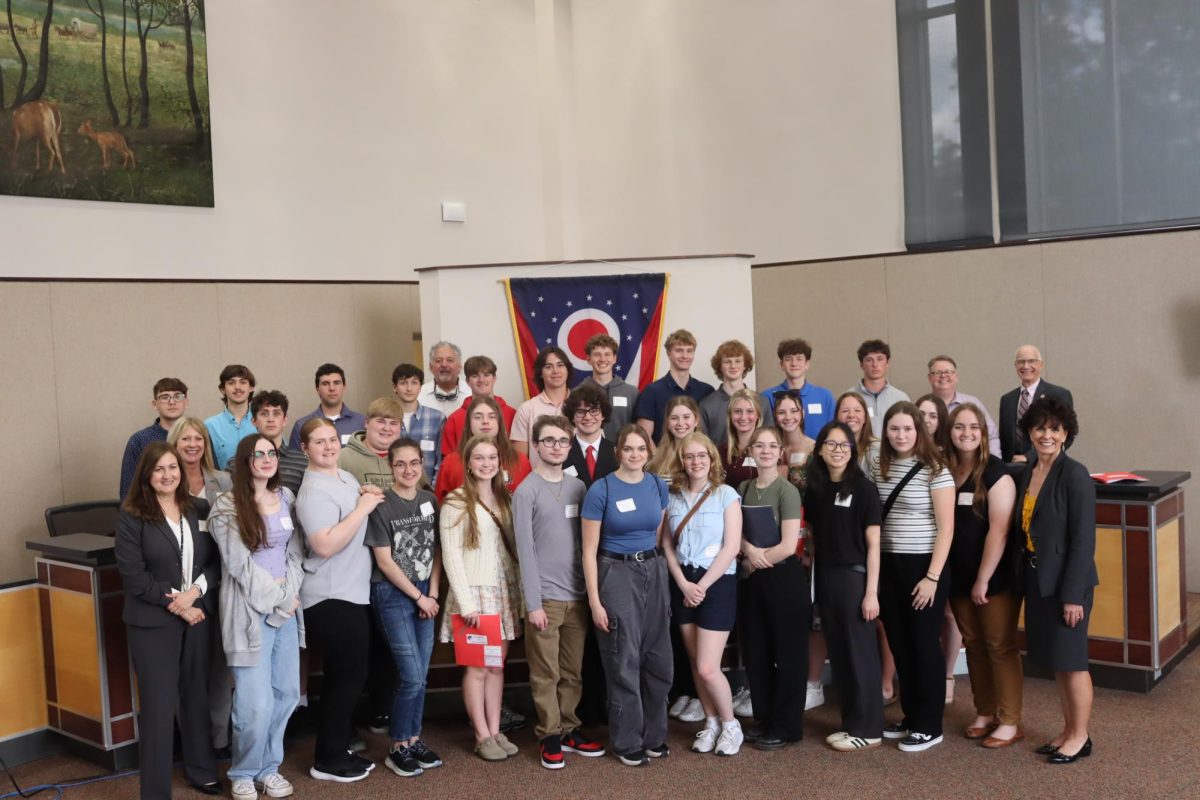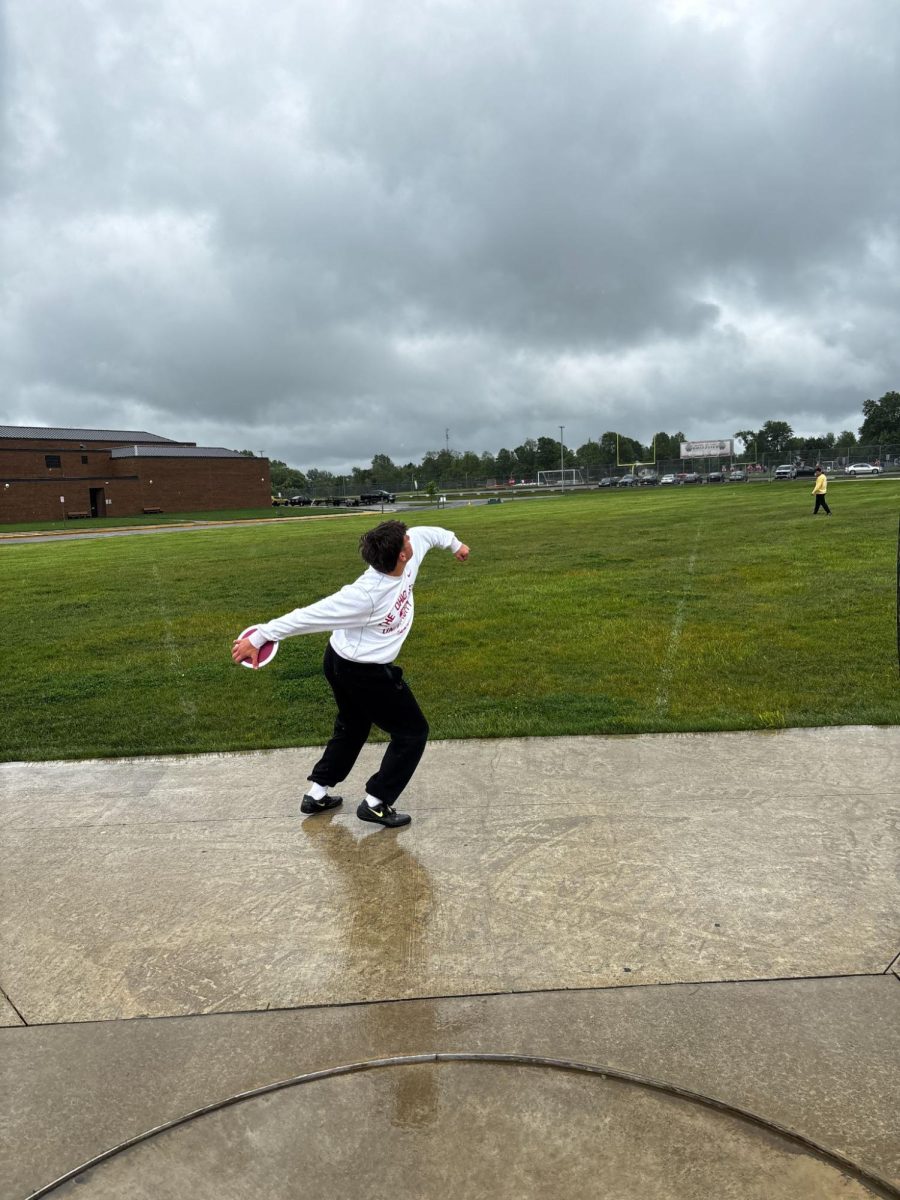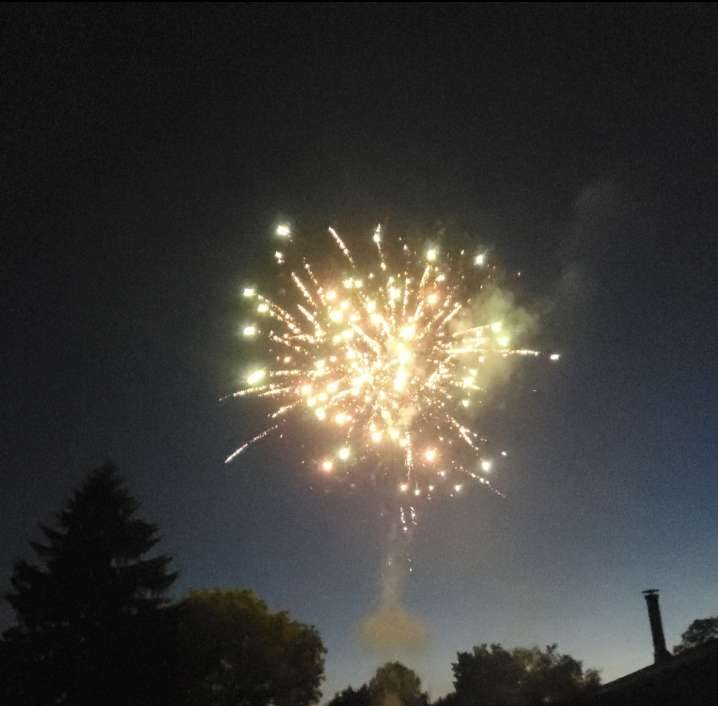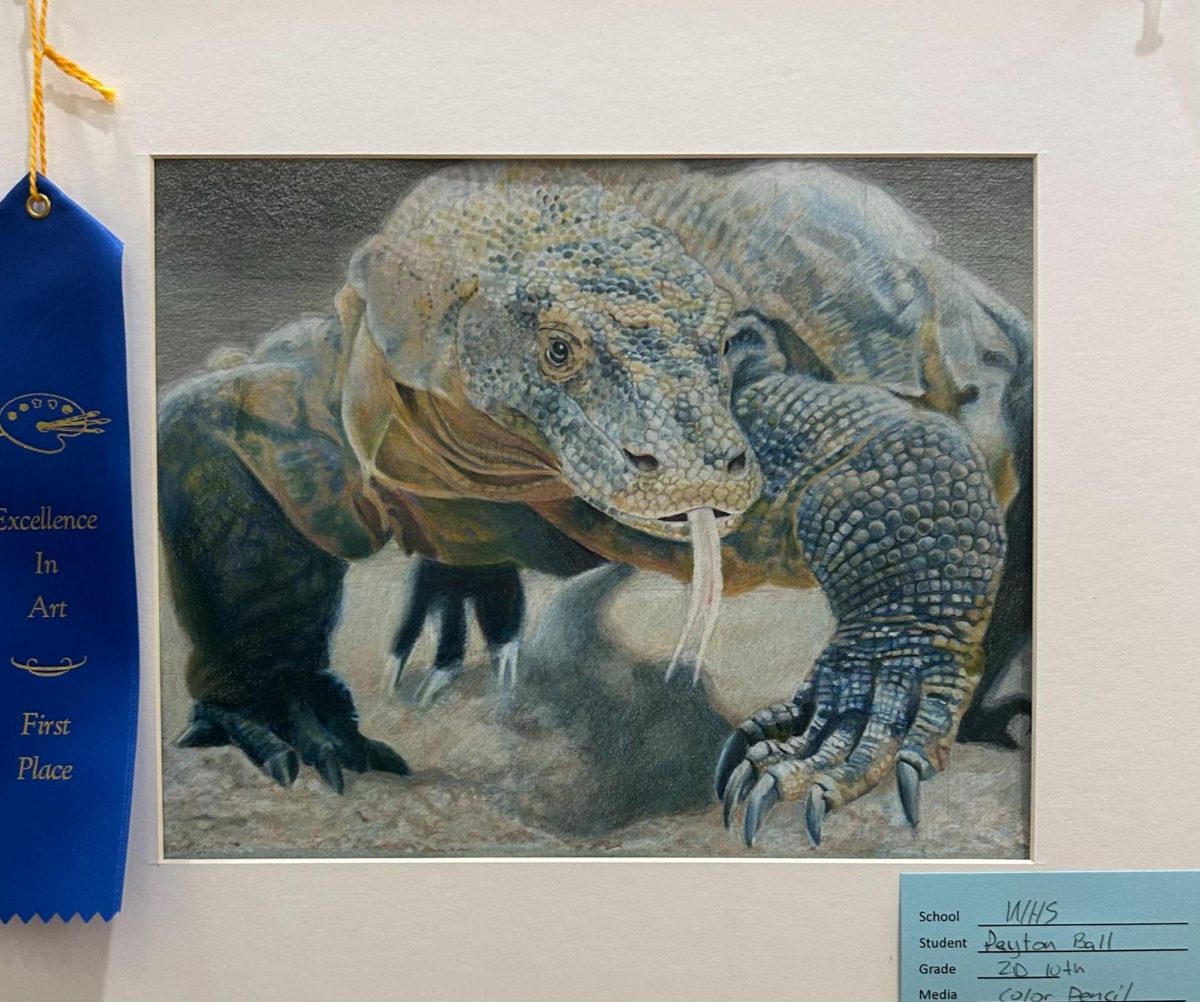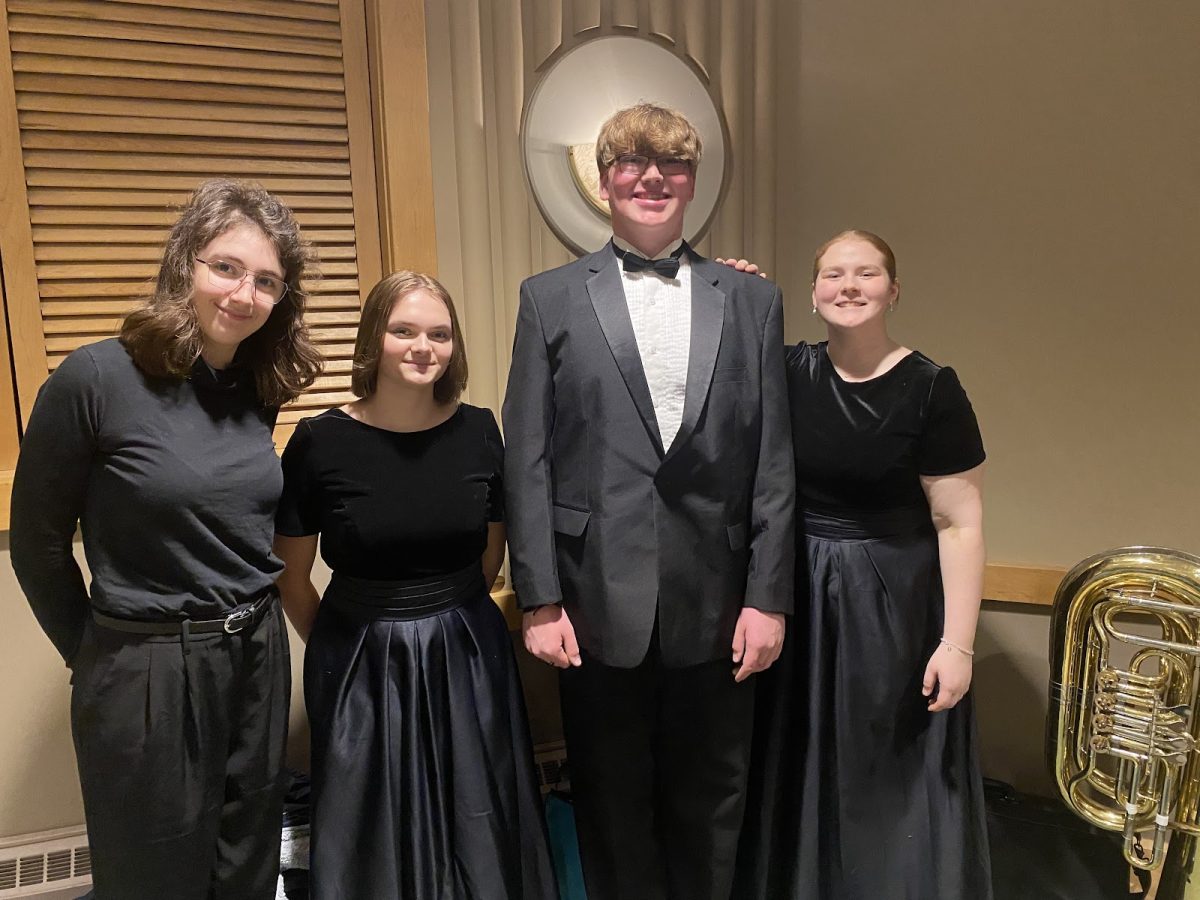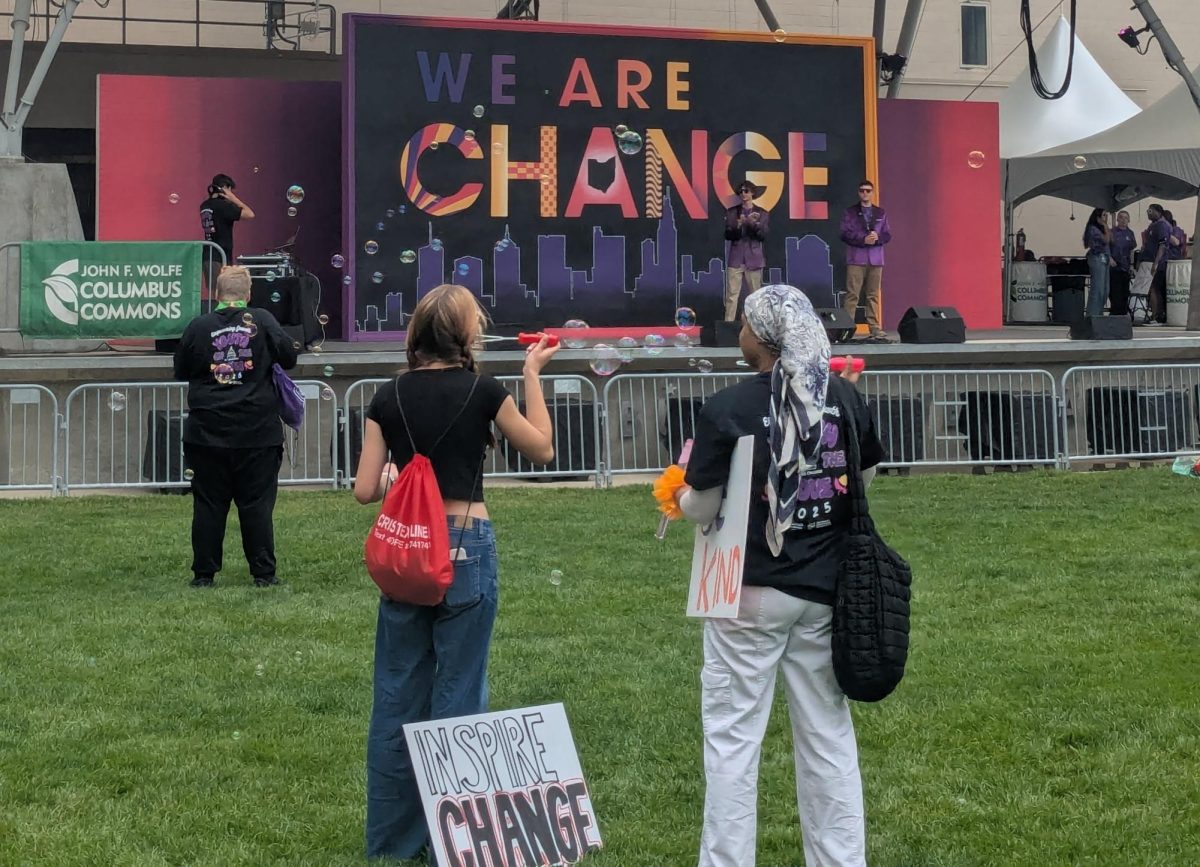BY MITCHELL PUDELSKI
On Friday February 10, an astounding space event will occur: a lunar eclipse during the full “Snow Moon” and the flyby of comet 45P. Every month’s full moon has a nickname dating back to Native American tribes, and February’s was named the Snow Moon because the month typically receives the most snowfall out of the rest of the months of the year.
The Snow Moon will enter into a penumbral eclipse, a type of eclipse that is not as noticeable as total lunar eclipses because the Earth does not block all of the sun’s rays 10 minutes after it peaks and will be more noticeable than most penumbral eclipses because it will travel so far into Earth’s shadow. People throughout North America, South America, Africa, Europe and Asia will all be able to see the lunar eclipse, although some places will have a view that is better than others.
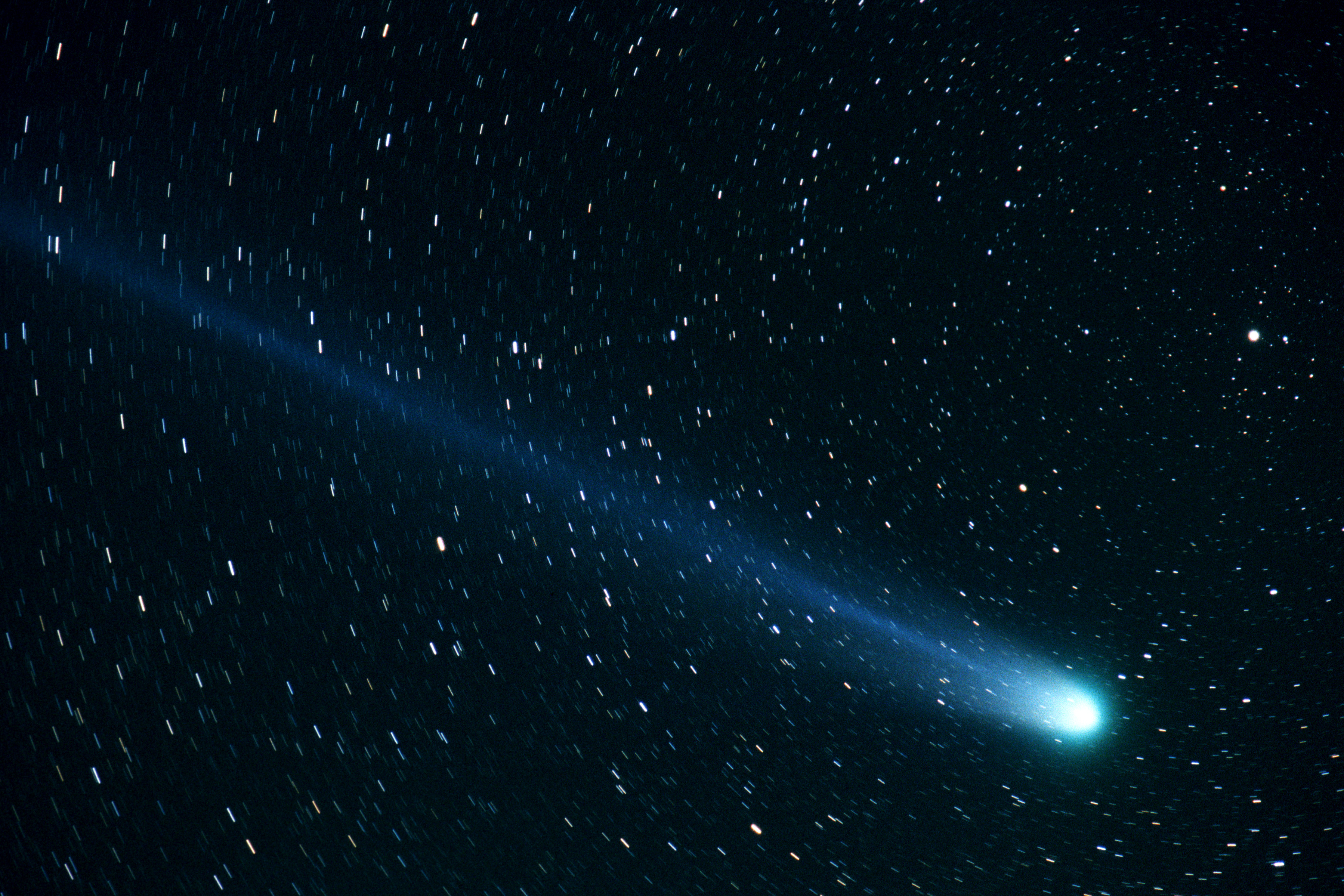
The moon will fall into the shadow of Earth at 5:32, and its light will be dimming for about two hours. The eclipse will then peak at 7:43, and the light of the Snow Moon moon will be at its normal brightness after about another two hours. The moon will be completely out of the Earth’s shadow by 9:55.
At about three in the morning, after the moon leaves Earth’s shadow, Comet 45P will be at its closest point. It will only be about 7.4 million miles away, and it will be in the Constellation Hercules.

![Wadsworth's Class Of 2025 Walks At Graduation Ceremony [Photo Gallery]](https://wadsworthbruin.com/wp-content/uploads/2025/05/IMG_9018-1-1200x800.jpg)

